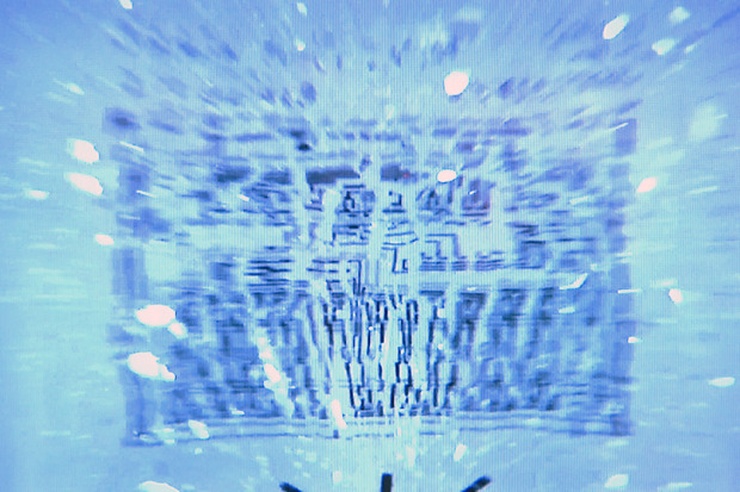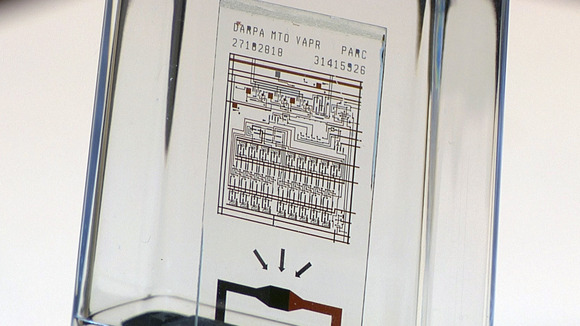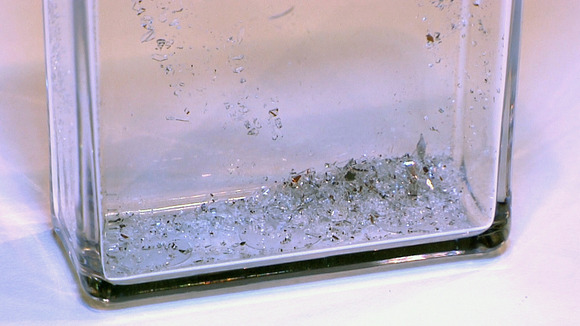Xerox PARC has manufactured a self-destruct chip

Remember this spectacular episode from the beginning of the movie Mission Impossible-2, where Ethan Hunt gets the message being played by self-destructing points? The ideal device for storing sensitive information.
And engineers from Xerox PARC have come up with something no less effective, and at the same time real and more simple. A computer chip that can destroy itself on command, thereby destroying any information stored on it. In action, he was shown at a presentation by DARPA's “Wait, What?” On Thursday.

')
“We aim to apply our development in areas such as data security,” said Gregory Whiting, lead researcher at PARC. “We wanted to come up with a system that would work very quickly and be compatible with modern electronic components.”

Here you see the chip ...
And no explosives - the chip is placed on a sturdy glass substrate Gorilla Glass. Engineers process glass, hardening it with thermochemical ion exchange . This is chemical hardening - surface treatment of glass in a bath with a special salt melt at a certain temperature cycle, which creates favorable conditions for replacing positively charged sodium ions with positively charged potassium ions on the glass surface.

And-and-and-and-it is not
The result is a very tense glass, which, when the slightest crack appears, is completely broken into very small fragments. Further, when turning on the chip located on this substrate, resistance is activated in it, which begins to heat a small portion of the glass. Because of the heating, the glass cracks and shatters into fragments. Since each fragment remains in the same voltage as the entire glass, the fragments continue to break apart into smaller and smaller pieces for tens of seconds.
As a result, the chip is ideal for storing information such as encryption keys, passwords, access codes. At the presentation, a trigger for destruction served as a photodiode, which activated the desired circuit, reacting to the light. Technically, a trigger can be anything from a mechanical switch to a radio signal.
In the laboratory Xerox PARC was born a lot of things related to computers and electronics, familiar to us in today's life. It was there that Steve Jobs spied on the currently used concept of a graphical user interface WYSIWYG.
Source: https://habr.com/ru/post/358312/
All Articles